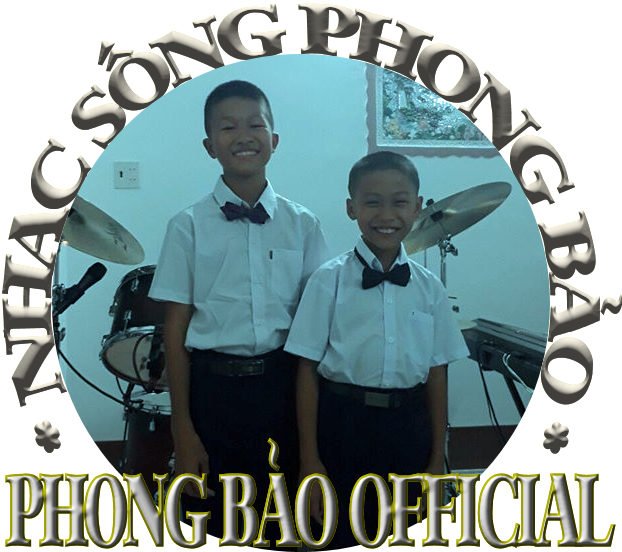
WEBSITE bất vụ lợi - Vì lợi ích cộng đồng - Non-Profit Website for the benefit of Community Learning
|
English 9 - Test 281
Read the following passage and choose the best answer to the question. KETCHUP The sauce that is today called ketchup ( or catsup) in Western cultures is a tomato_based sauce that is quite distinct from Eastern ancestors of this product. A sauce called ke-tjap was in used in China at least as early as the 17th century, but the Chinese version of the sauce was made of picked fish, shellfish, and spices. The popularity of this Chinese sauce spread to Singapore and Malaysia, where it was called ketchup. The Indonesian ketjab derives its name from the same source of the Malaysian sauce but is made from very different ingredients. The Indonesian ketjab is made by cooking black soy beans, fermenting them, placing them in a salt brine for at least a week , cooking the resulting solution further, and sweetening it heavily; this process results in a dark, thick and sweet variation of soy sauce. Early in the 18th century, sailors from the British navy came across this exotic sauce on voyages to Malaysia and Singapore and brought samples of it back to England on return voyages. English chefs tried to recreate the sauce but were unable to do exactly because key ingredients were unknown or unavailable in England; chefs ended up substituting ingredients such as mushrooms and walnuts in an attempt to recreate the special taste of the original Asian sauce. Variations of this sauce became quite the rage in the 18th century England, appearing in a number of recipe books and features as an exotic addition to menus from the period. The English version did not contain tomatoes, and it was not until the end of the 18th century that tomatoes became a main ingredients in the ketchup of the United States. It is quite notable that tomatoes were added to the sauce and that tomatoes had previously been considered quite dangerous to health. That tomato had been cultivated by the Aztecs, who had called it tomalt; however, early botanists had recognized that tomato was a member of the Solanecaea family, which does include a number of poisonous plant . The leaves of the tomato plant are poisonous, though of course the fruit is not. Thomas Jefferson, who cultivated the tomato in his gardens at Monticello and served dishes containing tomatoes at lavish feasts, often receive credit for changing the reputation of the tomato. Soon after Jefferson had introduced the tomato to American society, recipes combining the new fashionable tomato with the equally fashionable and exotic sauce known as ketchup began to appear. By the middle of the 19th century, both of the tomato and tomato ketchup were stables of the American kitchen. Tomato ketchup, popular though it was, was quite time-consuming to prepare. In 1876, the first mass-produced tomato ketchup, a product of German-American Henry Heizn, went on sale and achieved immediate success. From tomato ketchup, Heizn branched out into a number of other products, including various sauces, pickles, and relishes.
|
||||||||||||||||||||||||||||||||||||||||||||||||||||||||||||||||||||||||||||||||||||||||||||||||||||||||||||||||||||||||||||||||||||||||||||||||||||||

